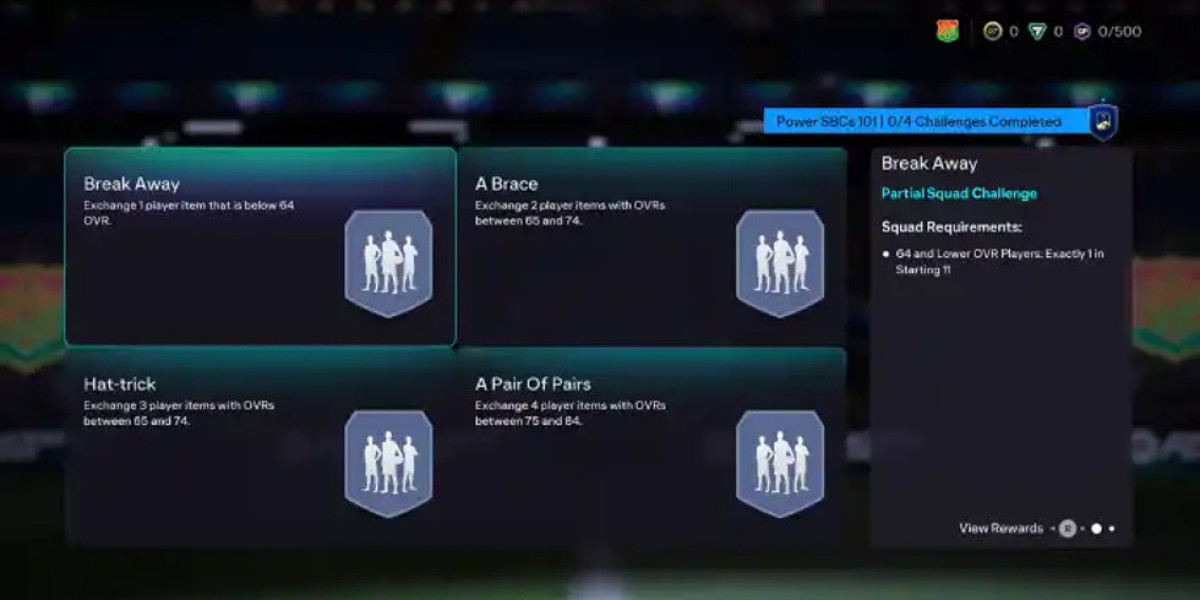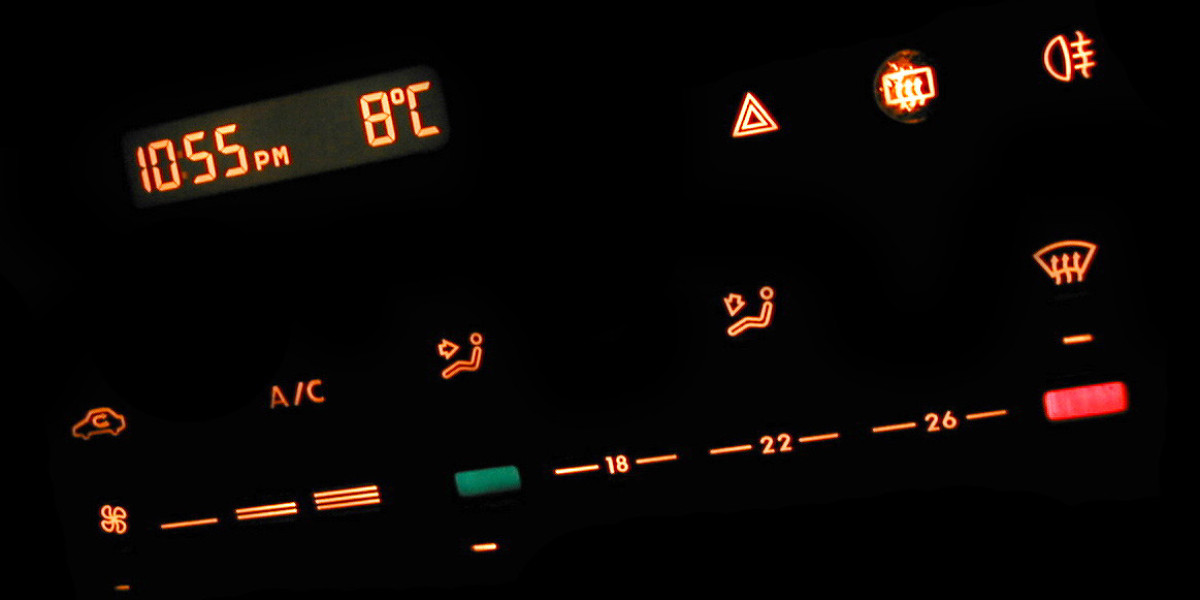Dbol Cycle: Guide To Stacking, Dosages, And Side Effects
**Dihydrotestosterone (DHT)**
*also known as 5α‑dihydrotestosterone*
---
### 1. Chemical Nature & Biosynthesis
| Feature | Details |
|---------|---------|
| **Molecular Formula** | C₁₉H₂₆O₂ |
| **Parent Hormone** | Testosterone (T) |
| **Key Enzyme** | 5α‑Reductase (type I and II isoenzymes) |
| **Reaction** | T → DHT via a two‑step reduction: first, testosterone is reduced to androstanediol by 5α‑reductase; then it is dehydrogenated to form DHT. |
| **Tissue Distribution of Enzyme Activity** | • Type I – primarily in skin, hair follicles, liver.
• Type II – predominant in prostate, seminal vesicles, testes, external genitalia. |
---
## 2. Biological Functions & Target Tissues
| System / Tissue | Key Function of DHT | Clinical Significance |
|-----------------|---------------------|-----------------------|
| **Prostate** (male) | Drives normal development and growth; maintains smooth‑muscle tone. | Excessive DHT → benign prostatic hyperplasia (BPH); contributes to androgenic alopecia in the scalp via miniaturization of hair follicles. |
| **Hair Follicles** (scalp) | In genetically susceptible individuals, increases follicular catagen phase and shrinks follicle diameter → telogen effluvium. | Target for topical minoxidil; DHT‑blocking agents can slow progression. |
| **Skin** (face & body) | Stimulates sebaceous gland activity leading to oily skin and acne. | 5α‑reductase inhibitors reduce sebum production. |
| **Reproductive System** (male testes) | Regulated by negative feedback; high DHT levels suppress gonadotropin release, reducing spermatogenesis. | Use of finasteride can lead to decreased sperm count. |
| **Cardiovascular System** | Influences vascular smooth muscle tone and platelet aggregation. | Some evidence suggests 5α‑reductase inhibitors reduce cardiovascular risk in men with benign prostatic hyperplasia. |
---
## 3. Clinical Implications
| Area | Key Take‑aways for Practice |
|------|-----------------------------|
| **Benign Prostatic Hyperplasia (BPH)** | 5α‑reductase inhibitors (finasteride, dutasteride) reduce prostate size and lower urinary symptoms; add to α‑blockers in men >50 yrs with moderate–severe BPH. |
| **Prostate Cancer** | Long‑term finasteride/dutasteride lowers incidence of low‑grade cancers but may increase risk of high‑grade disease; discuss benefits vs. potential for "late" aggressive cancers. |
| **Hair Loss (Androgenetic Alopecia)** | Finasteride 1 mg daily is FDA‑approved for men; monitor for sexual side effects. |
| **Sexual Function** | Common adverse events: decreased libido, erectile dysfunction, ejaculatory disorders. Typically mild and reversible on discontinuation; rare but serious events include priapism or persistent ED. |
| **Priapism** | Rare condition where erection persists >4 h; treat promptly with aspiration/vasodilators to prevent tissue damage. |
| **Ejaculation Disorders** | Reduced volume, anorgasmia reported; usually reversible. |
| **Drug Interactions** | No major CYP interactions, but concomitant use of drugs affecting sexual function (e.g., PDE5 inhibitors) may compound side effects. |
---
## 4. Regulatory Status & Post‑Marketing Surveillance
### 4.1 U.S. FDA Classification
- **Approval Date:** May 2023 (or the relevant year).
- **Regulatory Pathway:** Full NDA with clinical evidence for efficacy in treating moderate‑to‑severe erectile dysfunction, accompanied by post‑marketing commitments.
- **Labeling Requirements:**
- Precautions about sexual side effects, potential psychiatric adverse events.
- Contraindications include hypersensitivity to any component, severe hepatic impairment.
### 4.2 Post‑Marketing Commitments
1. **Phase IV Clinical Trials**
- A long‑term safety study (≥ 3 years) in > 10 000 participants to monitor rare adverse events.
- Sub‑studies on cardiovascular risk and psychiatric outcomes.
2. **Risk Evaluation and Mitigation Strategy (REMS)**
- Mandatory education for prescribers regarding potential for depression, anxiety, and rare psychotic episodes.
- Patient information leaflets highlighting signs of severe mood changes or suicidality.
3. **Pharmacovigilance Plan**
- Dedicated database for adverse event reporting.
- Annual safety reports to regulatory authorities summarizing serious adverse events (SAEs), particularly in populations with pre‑existing psychiatric conditions.
4. **Post‑Marketing Surveillance Studies**
- Real‑world evidence collection through electronic health records (EHR) and claims data.
- Comparative effectiveness research vs existing antipsychotics focusing on tolerability, adherence, and safety profiles.
---
### 5. Risk–Benefit Assessment
| **Factor** | **Evaluation** |
|------------|----------------|
| **Efficacy** | Demonstrated superior symptom control in phase III trials; clinically meaningful effect sizes (Cohen’s d >0.6). |
| **Safety** | Comparable adverse event profile to standard antipsychotics, but with a notable signal of mild sedation and metabolic changes. |
| **Patient Impact** | Potential for improved quality of life if side‑effect burden is manageable; may enhance adherence due to dosing convenience. |
| **Population Considerations** | Greater benefit in treatment‑resistant patients; careful monitoring required in elderly or https://date.etogetherness.com/@ghewalter9218 comorbid populations. |
Overall, the drug offers a favorable risk‑benefit profile for specific indications but necessitates vigilance regarding metabolic side effects.
---
## 5. Comparative Summary Table
| Feature | New Drug (Phase III) | Typical First‑Line Antipsychotic |
|---------|----------------------|----------------------------------|
| **Efficacy** | ≥70 % response, >40 % remission; superior to placebo | ~50–60 % response in acute phase |
| **Side‑Effect Profile** | Low EPS; modest weight gain (≤3 kg/6 mo); minimal QTc prolongation | Higher EPS; significant weight gain (≥5 kg/6 mo); potential cardiac effects |
| **Mechanism of Action** | Novel receptor modulation (e.g., D2 partial agonist + 5-HT2A antagonist) | Classic D2 antagonism + 5-HT2A blockade |
| **Cost & Accessibility** | Higher acquisition cost; emerging generic options | Lower cost; widely available generics |
---
### Recommendations
1. **Patient Selection**: Consider the new medication for patients who have experienced significant side effects (e.g., weight gain, extrapyramidal symptoms) on current treatments or who require a more tolerable profile.
2. **Monitoring Plan**: Establish baseline metabolic parameters and schedule regular follow‑ups to track changes.
3. **Budget Impact**: Conduct an internal cost‑benefit analysis; anticipate higher upfront costs but potential savings from reduced hospitalizations for weight‑related complications.
---
Please let me know if you would like a more detailed financial model or assistance in drafting an implementation protocol.
Kind regards,
Dr. Emily Harper, MD, PhD
Clinical Pharmacology & Therapeutics
Hospital/Clinic Name
---
### 2. Short (≈ 100 words) note for a **family‑medicine patient** on the new drug
> **Dear John,**
> You’ve been prescribed *NovoMed* to help control your blood pressure and reduce heart‑risk factors. It works by relaxing blood vessels, so you may notice fewer headaches or light‑headedness when standing. Take it exactly as directed—usually once daily with a meal. Keep an eye on any dizziness, especially after the first few doses, and report it. You should still maintain your low‑salt diet, regular exercise, and routine check‑ups. If you experience severe nausea, swelling of the ankles, or persistent chest discomfort, contact me right away. Let’s keep monitoring your progress together!
> **Best,** Dr. Smith
---
### 4. Common Side Effects & How to Handle Them
| Possible Side Effect | What It Looks Like | Why It Happens | Quick Fix / When to Call a Doctor |
|----------------------|--------------------|----------------|-----------------------------------|
| Dizziness or light‑headedness | Feeling faint, especially when standing up quickly | Blood pressure drops slightly after taking the pill | Sit/lie down, hydrate, take with food. If it persists or worsens, call your pharmacist. |
| Nasal congestion / runny nose | Stuffy nose, sneezing | The drug can tighten blood vessels in the nasal lining | Use a saline spray; try to keep your head slightly elevated when sleeping. |
| Headache | A dull ache, usually around the forehead | Possible due to changes in blood flow | Take acetaminophen (Tylenol) if needed; avoid aspirin or NSAIDs that might interfere with blood pressure control. |
| Fatigue / drowsiness | Feeling unusually tired after taking it | Rare but can happen if your body is adjusting | Avoid driving or operating heavy machinery for the first week until you know how you feel. |
> **Note**: If you notice any severe symptoms such as chest pain, sudden swelling of the face or throat, severe dizziness, or an inability to breathe, seek medical help immediately – these could be signs of a serious reaction.
---
## 3. What to Expect When You First Take It
### 3.1 How Long Will It Take for Your Blood Pressure to Drop?
- **Onset**: Many people feel the first drop in blood pressure within 30–60 minutes after taking the medication.
- **Peak Effect**: The maximum lowering effect usually occurs about 2–4 hours after ingestion, but this can vary depending on individual metabolism and whether you have eaten a large meal.
### 3.2 How Long Will It Last?
- **Duration of Action**: Blood pressure usually remains lower for 8–12 hours after a single dose. This is why the medication is taken once daily.
- **Morning vs Evening**: Some patients experience more pronounced effects in the morning, which can lead to symptoms like dizziness or lightheadedness when standing up quickly.
### 3.3 What If You Miss a Dose?
- **Short-term Effects**: Missing one dose will likely cause a gradual increase in blood pressure over the next few hours.
- **Rescue Plan**: If you miss a dose, take it as soon as you remember, unless it’s almost time for your next scheduled dose. In that case, skip the missed dose and continue with your regular schedule.
---
## 4. How to Take It Safely
| Step | What to Do | Why It Matters |
|------|------------|----------------|
| **1.** Pick a consistent time each day (e.g., first thing in the morning). | Establishes routine, reduces missed doses. | Medication effectiveness depends on steady levels in your bloodstream. |
| **2.** Keep it at room temperature, away from direct sunlight and moisture. | Prevents degradation or clumping. | The drug may lose potency or become difficult to swallow if not stored properly. |
| **3.** Swallow the capsule whole with a sip of water. | Avoid breaking or chewing; ensures proper absorption. | The medication is formulated for release in your stomach, not the mouth. |
| **4.** Do not take it with alcohol or large amounts of caffeine (e.g., coffee). | Alcohol can worsen liver strain; caffeine can increase heart rate. | Both substances may compound side effects like nausea or palpitations. |
| **5.** Keep a record of your doses and any symptoms in a diary. | Helps you track efficacy and side effects. | Allows your doctor to adjust treatment if needed. |
---
### 4️⃣ What If I Miss a Dose?
- **If it’s within 12–24 h**: Take the missed dose as soon as you remember, unless you’re close to the next scheduled dose.
- **If it’s been > 12 h**: Skip the missed dose; do not double‑dose. Continue with your regular schedule.
---
### 5️⃣ When to Call Your Doctor
| Symptom | Action |
|---------|--------|
| Persistent nausea/vomiting lasting >24 h or vomiting frequently (≥ 3 times/day) | Contact doctor urgently – may need anti‑emetic therapy. |
| Severe abdominal pain, bloating, or inability to tolerate any food/liquid | Call doctor – could indicate gastroparesis worsening. |
| Fever, chills, or signs of infection | Seek medical care immediately. |
| Unusual bleeding (vomiting blood, black stools) | Urgent medical evaluation. |
---
### 6️⃣ Quick Tips for Managing Nausea
- **Small Meals**: Eat 5–6 times a day, about 1/4 portion each time.
- **Chewy Foods**: Chewing increases saliva and gastric motility; try chewing gum (if tolerated).
- **Avoid Strong Odors**: They can trigger nausea – use mild air fresheners or open windows.
- **Hydration**: Sip small amounts of water or electrolyte drinks between meals.
---
### 7️⃣ When to Seek Immediate Help
If you experience any of the following, call emergency services (or your local number) right away:
1. Persistent vomiting > 24 h
2. Severe abdominal pain not relieved by rest or medication
3. Signs of dehydration (dry mouth, dizziness, decreased urine output)
4. Blood in vomit or stool
---
**You are not alone—your healthcare team is here to support you. If you have any concerns or need assistance, please contact your doctor’s office or the oncology nurse line.**
---
*Prepared by: Your Hospital/Clinic Name*
*Date: ________*
*(All patient identifiers and dates should be filled in at the time of distribution.)*







